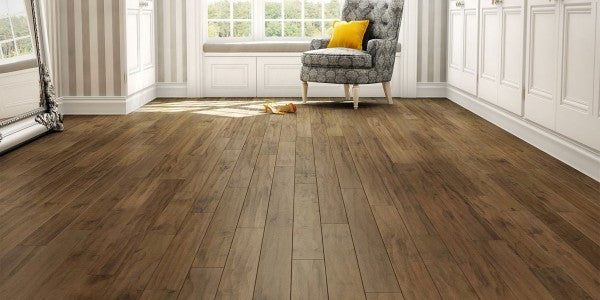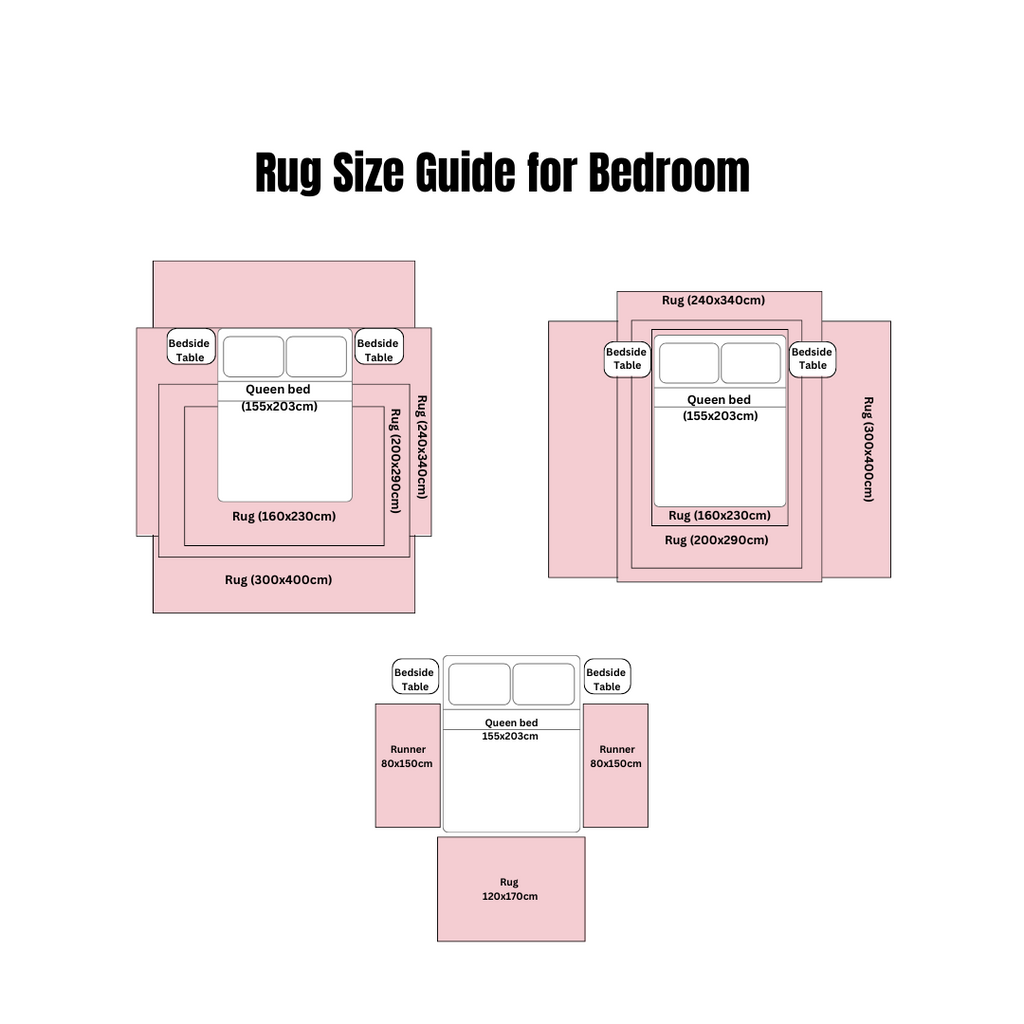Waterproof vs. Water-Resistant Flooring: What’s Best for Your Space?

When it comes to selecting new flooring, especially for busy homes or spaces prone to spills and messes, the question of water resistance is critical. With so many options available, such as waterproof laminate, water-resistant laminate, hybrid floors, and traditional laminate, it can be tricky to know what’s right for your home. If you’re searching for expert advice and a wide selection in your area, check out our flooring Sydney page. In this guide, we’ll break down the differences, benefits, and ideal uses for each type, so you can make an informed choice that suits your lifestyle.
Understanding the Basics: Waterproof vs. Water-Resistant Flooring
- Waterproof flooring is designed to withstand water exposure without damage. Even if water sits on the surface for hours, it won’t seep through or cause swelling, warping, or staining.
- Water-resistant flooring can handle small spills or moisture for a short period. However, if water is left standing, it may eventually penetrate and cause damage.
What Is Waterproof Laminate Flooring?
Pros of Waterproof Laminate
- Maximum Protection: Ideal for kitchens, bathrooms, laundries, and entryways where spills are common.
- Easy Maintenance: Simple to clean with a damp mop or cloth.
- Durable: Resistant to scratches and dents, making it perfect for high-traffic areas.
- Stylish: Available in a wide range of designs, including realistic timber looks.
Cons of Waterproof Laminate
- Cost: Generally more expensive than standard laminate.
- Installation: May require professional installation to ensure a watertight seal.
- Limited Choices: Fewer options compared to traditional laminate, though this is changing as technology improves.

What Is Water-Resistant Laminate Flooring?
Pros of Water-Resistant Laminate
- Budget-Friendly: Typically more affordable than waterproof options.
- Versatile Styles: Wide range of colours and finishes to match any décor.
- Good for Most Rooms: Suitable for living rooms, bedrooms, and dining areas where spills are less frequent.
Cons of Water-Resistant Laminate
- Limited Protection: Not suitable for areas with frequent or standing water.
- Potential for Damage: Prolonged exposure to moisture can cause swelling, warping, and separation of boards.
- Maintenance: Must clean up spills quickly to avoid long-term issues.
Waterproof Hybrid Flooring: The Next Level
Pros of Waterproof Hybrid Flooring
- 100% Waterproof: Can be installed in any room, including bathrooms and laundries.
- Extremely Durable: Resistant to scratches, dents, and stains.
- Comfortable Underfoot: Softer and warmer than tiles.
- Easy Installation: Many hybrid floors use a click-lock system for quick installation.
Cons of Waterproof Hybrid Flooring
- Price: Usually costs more than standard laminate or water-resistant laminate.
- Limited Repair Options: Damaged planks often need to be replaced rather than repaired.
- Subfloor Requirements: Needs a flat, even subfloor for best results.

| Feature | Waterproof Laminate | Water-Resistant Laminate | Hybrid Flooring | Non-Waterproof Laminate |
|---|---|---|---|---|
| Water Resistance | High | Moderate | 100% | Low |
| Best Areas | Kitchens, bathrooms, entry | Living, bedrooms, dining | Any room, incl. wet areas | Dry, low-traffic areas |
| Durability | Very high | Very high | High | Moderate |
| Price Range | $$-$$$ | $-$$ | $$$ | $ |
| Installation | Professional recommended | DIY possible | DIY-friendly | DIY-friendly |
| Style Options | Growing | Extensive | Growing | Extensive |
How Do These Options Compare to Non-Waterproof Laminate?
When to Choose Non-Waterproof Laminate
- Budget is a Priority: It’s the most affordable option.
- Dry Areas Only: Works well in bedrooms, studies, and other low-moisture rooms.
- Short-Term Solution: Good for spaces that may be renovated soon.
Which Flooring Is Best for Families and Pet Owners?
Tips for Choosing the Right Flooring
- Assess Your Needs: Think about which rooms are most prone to spills or moisture.
- Consider Your Lifestyle: Busy households and pet owners will benefit most from waterproof or hybrid options.
- Set a Budget: Factor in both the cost of materials and professional installation if needed.
- Look for Warranties: Waterproof and hybrid floors often come with longer warranties, giving you extra peace of mind.
- Ask for Samples: Visit your local flooring showroom to see and feel the options before making a decision.
SHARE:



